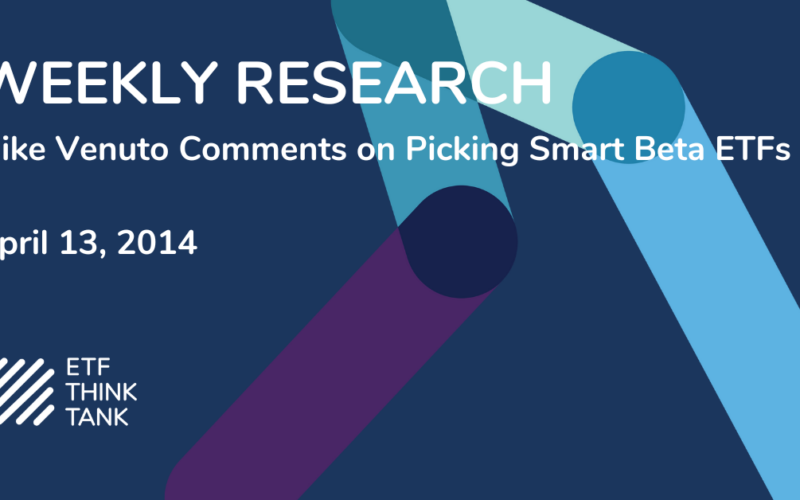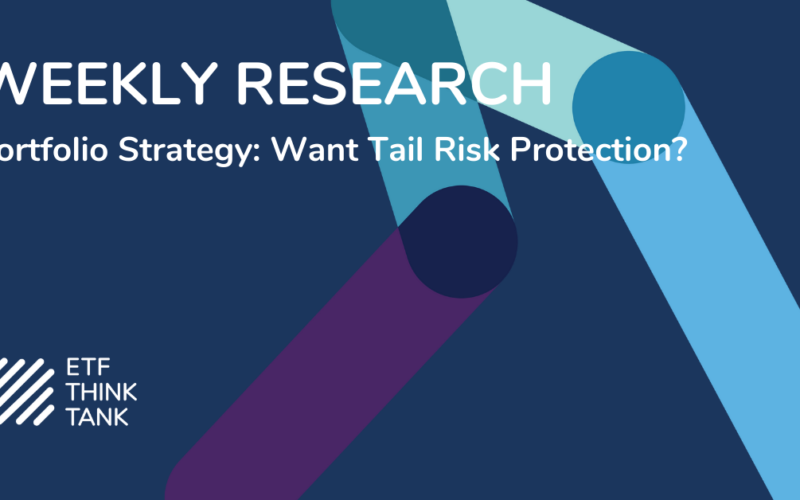Companies such as BlackRock Inc and Standard & Poor’s are taking a popular stock fund strategy and applying it to bonds.
For more than a decade, asset managers have been creating stock funds that track indexes designed to outperform those based on their components’ market value. Bond funds are the next frontier for index designers who use this “smart beta” approach to boost returns by taking advantage of market inefficiencies.
S&P Dow Jones Indices, a unit of McGraw Hill Financial , said it expects to unveil smart beta bond indexes in the fourth quarter.
BlackRock has not given a timetable, but is experimenting with different ways of weighting components of the broad Barclays Capital Aggregate Bond Index to produce exchange-traded funds based on new indexes, said Daniel Gamba, head of Americas institutional iShares business at BlackRock.
Traditional bond indexes are dominated by issuers with the most outstanding debt. Smart beta indexes reduce this risk by giving more weight to factors such as corporate cash flow or economic growth rates of countries.
That would skew an index toward issuers that may better service their debt, said Shane Shepherd, head of fixed-income research at index developer Research Affiliates. Some approaches more focused on returns also screen out bonds nearing their maturity date.
ETF issuers hope smart beta indexes will draw investors worried that rising interest rates could reduce the returns on traditional bond funds.
Those investors pulled some $86 billion out of U.S.-listed bond mutual funds last year, and are seeking alternatives. The trend of fund flows “has certainly favored fixed-income ETFs,” said Barry Fennell, an analyst with Lipper, a Thomson Reuters company.
With roughly $3.7 trillion in all taxable bond mutual funds and only $283.4 billion in taxable bond ETFs, there is plenty of room for growth.
“Now, more than ever, the fundamental scheme of not owning the most of a specific issuer, just because they have the most outstanding, makes the most sense,” said David Dziekanski, a portfolio manager at Toroso Investments, which focuses on exchange-traded products.
The performance of most of the nine existing smart beta funds is largely in line with the comparable indexes so far this year. One outlier is Invesco’s PowerShares Emerging Markets Sovereign Debt Fund.
The oldest smart beta ETF, which screens for maturity, is up 7.3 percent year-to-date, more than double the 3.5 percent return of the comparable, but traditionally weighted, JP Morgan EMBI Global Index. The index it tracks has had an average annual return of 8.6 percent since inception in 2007, compared with 7.7 percent for the JP Morgan index.
Smart beta products could also be more profitable for issuers, as they tend to be priced higher than more plain vanilla, broad index ETFs. A traditional Vanguard Total Bond Market ETF costs $8 in annual fees for every $10,000 invested, for example. Several smart beta funds charge about $50 for every $10,000 invested.












